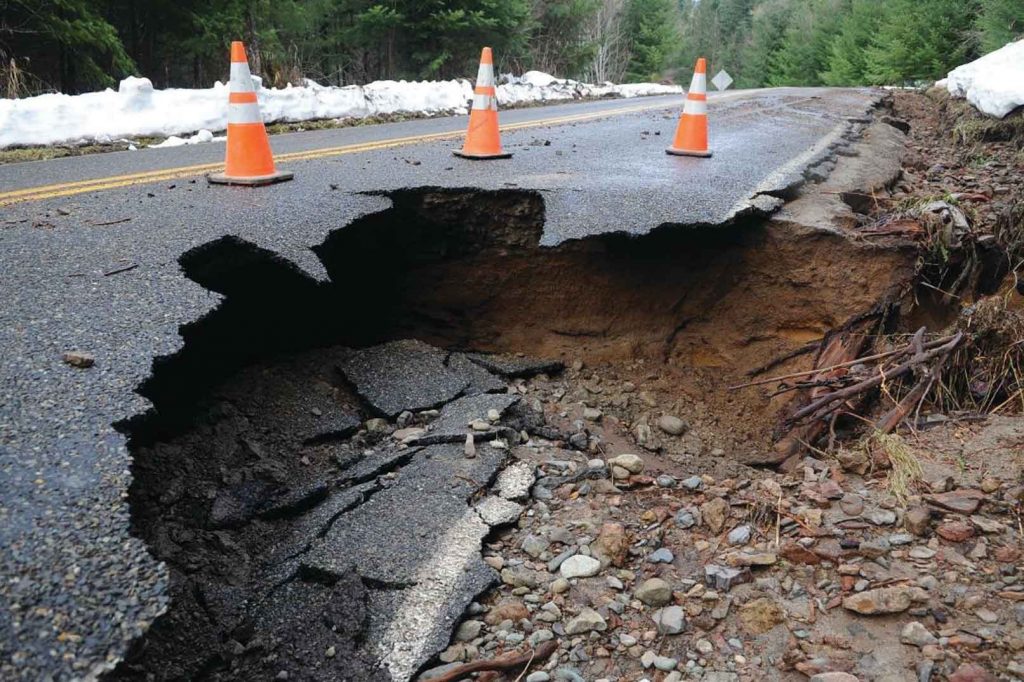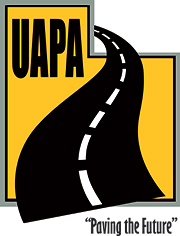By Jon O’Brien, Source North America
The perpetual funding gap has exacerbated road repairs, which have been deficient for a long time. The 2017 policy brief points to a continued pattern of deferred maintenance as an underlying cause of the United States’ crumbling infrastructure.
With COVID-19 having such a dramatic impact on fuel demand in 2020, an important public policy vulnerability has resurfaced: Fuel supply and demand is subject to fluctuation, and relying on this inconsistent model to pay for roads leads to unsteady levels of funding.
It would be all too easy for petroleum marketers to view this dilemma as a problem to avoid rather than to address. After all, most infrastructure funding is generated through fuel taxes, and what level-headed petroleum marketer wants to start raising questions that might make fuel taxes — and by association, fuel prices — go up? But make no mistake, how the United States generates road funding is fundamentally flawed and, consequently, it is jeopardizing the very livelihood of petroleum marketers. Here’s a look at the reasons behind this.
1. The model for road funding is not sustainable, and it hasn’t been for some time.
Prior to 2001, increased motor vehicle use and occasional increases in fuel tax rates were enough to cover federal surface transportation spending. But in 2001, federal Highway Trust Fund (HTF) revenues stopped growing faster than spending, even with increasing fuel consumption.
The federal fuel tax has not increased since 1993. As a result, states have passed fuel tax increases and explored other funding measures to buoy infrastructure spending. Several states, including California, Illinois, Indiana, Nebraska, South Carolina and Virginia, have enacted fuel tax increases as recently as July 2020.
2. Low fuel consumption means low fuel taxes collected.
According to a 2017 policy brief, “Fixing America’s Roads & Bridges, The Path Forward,” more than half of highway spending at all government levels depends on fossil fuel taxes. Unfortunately, there is a fundamental misconception that the volume of fuel moving through the supply chain — from extraction to utilization — remains constant. As this year’s steep decline in fuel demand has illustrated, this is simply untrue. As a result, fuel tax monies have dropped proportionately.
Fuel taxes are an elastic source of revenue. That elasticity contracted substantially due to COVID-19. So, a funding problem that was festering pre-pandemic is now intensifying. Case in point: The American Association of State Highway and Transportation Officials has said that states have seen a 30-50% drop in revenue since the start of the pandemic.
3. Low fuel taxes collected means deteriorating roads.
The perpetual funding gap has exacerbated road repairs, which have been deficient for a long time. The 2017 policy brief points to a continued pattern of deferred maintenance as an underlying cause of the United States’ crumbling infrastructure. The brief indicated that the U.S. has been spending only about half the amount needed to fund roads. Historically, prioritizing the construction of new roads and bridges over repairing existing roadways also has contributed to the lack of upkeep.
In the context of a COVID-19 depressed economy, at least 39 states, transportation authorities and local governments have publicly projected declining revenues, reported the American Road and Transportation Builders Association. As a result, 14 states have announced $4.5 billion in project delays or cancellations, while 19 local government and authorities have announced project delays or cancellations of $4.54 billion. Legislative initiatives and ballot measures also are being postponed or delayed.
4. Transportation creates a market for fuel suppliers.
Regardless of the type of fuel that marketers will be selling 10 to 20 years from now — be it electricity, renewable fuels or still largely petroleum — safe roads will still be needed to convey motorists. In fact, it’s probable that roads will need to carry even more vehicles in the future:
- Since 1990, the number of registered vehicles in the United States has increased about 40%.
- Since 1990, U.S. vehicle miles traveled has increased about 50%.
- Amid the pandemic, consumers have expressed a distaste for public transportation, suggesting that people feel safer in their personal vehicles.
The Road Ahead
Just as fuel tax revenue is not insulated from demand fluctuations, fuel marketers are not insulated from fluctuations in consumer preferences — and that includes the broader consumer experience that goes beyond what happens at the station. Routine driving, fueling up, vehicle performance and maintenance — and their associated costs — influence the consumer’s perception of what it means to be a motorist. This in turn impacts consumers’ future lifestyle decisions.
With traffic congestion wasting motorists’ time and money, driving is becoming an unpleasant chore for many people. Absent a positive driving experience, petroleum marketers’ existing customer base would be sufficiently incentivized to endorse alternative transportation ideas.
There are short-term benefits to revamping road funding, too. Transportation is a key contributor to the U.S. economy. The 2017 policy analysis reports that investing in transportation infrastructure (when properly executed), raises economic growth. Amid the prospect of a weakening economy, establishing a sustainable funding plan to support infrastructure may be a road back to stronger economic times.
It is helpful to view our roadway system like the arteries and veins of our national body. When our arteries are clogged and our veins are stressed, we face an unhealthy, unsustainable situation.
In summary, roadway utilization is at its highest levels, the infrastructure continues to age, and the current approach to funding is unsustainable. This is a circular problem that has critical implications for both the short and long-term viability of the fueling market. It is imperative that leaders revamp road funding.
The very future of petroleum marketing may depend on it.
Joe O’Brien is vice president of marketing at Source™ North America Corporation. Contact him at jobrien@sourcena.com, or visit www.sourcena.com to learn more.









